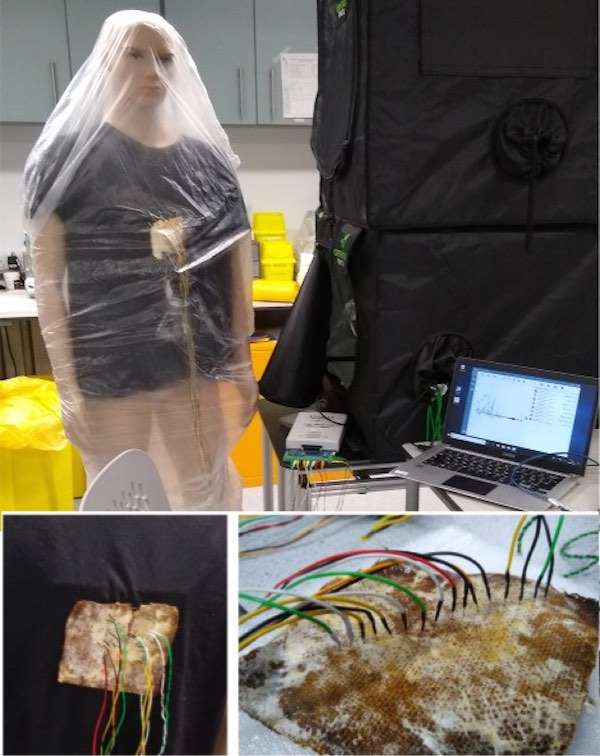Watch a Billion Years of Shifting Tectonic Plates Forming Our Continents in 40 Seconds
Geo-scientists have created a 40-second video that captures 1 billion years of geological history in which continents around move like ants.

Wearable electronic sensors, such as those within Fitbit watches and pedometers that detect biological signals, could be replaced in the future by… mushrooms.
No that's not a typo. In a proof-of-concept study, mycelium were able to perceive several external stimuli like light, temperature, and moisture, but also certain chemicals in the environment, and even electrical signals.
Oyster mushroom mycelium, the fibrous mainframe tissues of fungi that colonize under the soil and from which mushrooms sprout, were able to perceive electrical signals in such a way as to replicate that part for sensors and processors, which are readable by a computer.
In other (fantastical) words, the mushroom's perceptions of the environment would become the data that gives you the beats-per-minute count on your heart rate monitor.
In nature, mycelium organizes itself into geometric structures in and throughout the soil. While fungal mycelium don't have many reasons for detecting electrical signals in nature that we know of, reprogramming oyster mushroom mycelium genes to form different geometric structures that would optimize the detection power of electrical signals is the ticket to ride that makes Prof. Andrew Adamtzky believe it's worth investigating.
"We have shown that it is possible to discern a nature of stimuli from the fungi electrical responses," Adamatzky, who famously utilized slime molds to solve mazes and optimize city roadway planning in Tokyo and France, wrote in his new research paper.

"The results paved a way towards future design of intelligent sensing patches to be used in reactive fungal wearables."
The patches referred to were hemp fabric colonized with mycelium and then hooked up to computer sensors.
Spraying different chemicals onto the patch, as well as exposing it to different stimuli mentioned above, were what gave Adamatzky the surety of voice.
It's not anything that's going to seize control of the markets anytime soon, but it's another fascinating application of mycelium, which WS has reported can be used to make building bricks, coffins, canoes, and to great effect on nuclear waste cleanup.
SPROUT Some Food For Thought on Your Friends' Through Social Media…
Be the first to comment